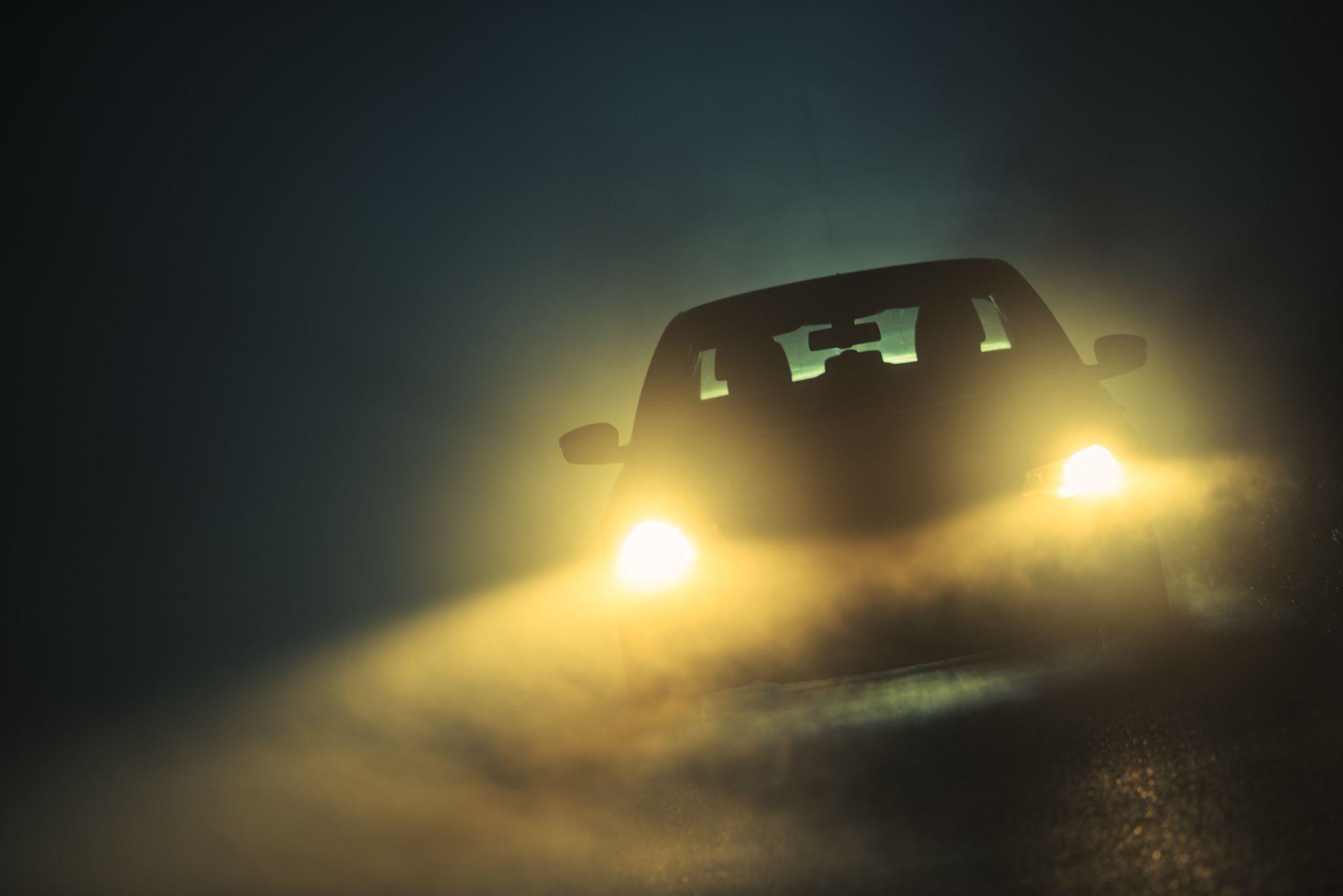
Driving in fog and mist can be challenging and hazardous due to significantly reduced visibility and unpredictable road conditions. It’s crucial for drivers to be equipped with the right knowledge and skills to navigate these situations safely. Below, we’ll provide valuable tips and best practices for driving in fog and mist, ensuring your journey remains safe under these tricky conditions.
How Fog and Mist Affect Visibility
Fog and mist are weather conditions that involve low-lying clouds or water droplets suspended in the air, leading to reduced visibility. Unlike rain or snow, mist and fog can create a uniform blanket of moisture, making it difficult to see other vehicles, road signs, and even the road itself.
Understanding these conditions and their impact on driving is the first step toward safer travel.
Tip 1: Prepare Your Vehicle
If you anticipate driving in foggy conditions, ensure your vehicle is well-prepared. Start by checking that your headlights and tail lights are functioning correctly, as they are essential for visibility. Fog lights, if available, can be particularly helpful.
It’s also important to have functioning windshield wipers and defrosters to maintain clear visibility. Ensure that all your windows and mirrors are clean and clear of any dirt or moisture.
Tip 2: Adjust Your Driving Habits
When driving in fog, it’s imperative to adjust your driving habits. Reduce your speed significantly to account for the decreased visibility and reaction time. Increasing your following distance from other vehicles gives you more time to react to sudden stops or changes in traffic flow.
Use your low beam headlights; high beams can reflect off the fog, further impairing visibility. Additionally, pay extra attention to listening for traffic you can’t see, such as at intersections or in heavy fog areas.
Tip 3: Prioritize Safe Navigation
In fog, road markings become crucial for staying in your lane. Focus on roadside reflectors and use them as guides. When approaching bends in the road, slow down more than usual and be cautious, as visibility will be even more limited. Be extra vigilant at intersections and crosswalks where pedestrians might be harder to see. If you’re driving on hills, remember that fog can be thicker in low-lying areas, so adjust your speed and use your lights wisely.
What to Avoid

During foggy conditions, certain actions can significantly increase the risk of an accident. Here are some key practices to avoid for safer driving in the fog:
- Never Use High Beams: High beam lights can create a glare in foggy conditions, worsening visibility.
- Avoid Stopping on the Road: If possible, do not stop on the road. If you must pull over, choose a safe area like the side of the road away from traffic.
- No Sudden Lane Changes: Refrain from making unexpected lane changes or maneuvers that could startle other drivers.
Level Up Your Driving with Ticket School
For safe navigation through fog and mist, knowledge and preparedness are key. While the tips we’ve shared are a great start, comprehensive training can make all the difference.
Ticket School offers specialized defensive driving courses to refine your driving skills, ensuring you’re ready to hit the road. With our expert guidance, you can gain the confidence and competence needed for safe driving in challenging conditions. Enroll with Ticket School today and transform your driving experience, ensuring safety and peace of mind on every journey.
